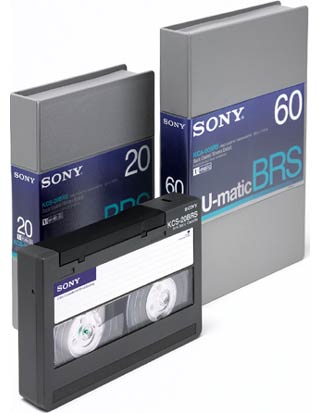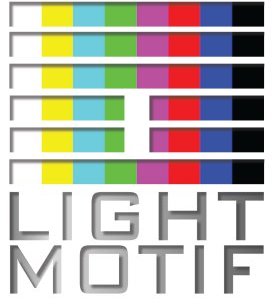 |
U-matic is a videocassette format first shown by Sony in prototype in October 1969, and introduced to the market in September 1971.
It was among the first video formats to contain the videotape inside a cassette, as opposed to the various open-reel formats of the time. Unlike most other cassette-based tape formats, the supply and take-up reels in the cassette worked in opposite directions during playback, fast-forward and rewind: one reel would run clockwise while the other would run counter-clockwise. The videotape was ¾ inches (1.9 cm) wide, so the format is often known as 'three-quarter-inch' or simply 'three-quarter'.
U-matic was named after the shape of the tape path when it was threaded around the helical video head drum, which resembled the letter U.
It was the U-Matic S-format decks that ushered in the beginning of ENG, or Electronic News Gathering.
In the early 1980s, Sony introduced the semi backwards-compatible high-band or BVU (Broadcast Video U-matic) format, and the 'original' U-matic format became known as low-band. This high-band format had an improved colour recording system and lower noise levels. BVU gained immense popularity in ENG and location programme-making, spelling the end of 16mm film in everyday production. By the early 1990s, Sony's ½" Betacam SP format had all but replaced BVU outside of corporate and 'budget' programme making. Sony made a final improvement to BVU by further improving the recording system and giving it the same 'SP' suffix as Betacam. SP had a horizontal resolution of 330 lines. First generation BVU-SP and Beta-SP recordings were hard to tell apart, but despite this the writing was on the wall for the U-matic family.
We use BVU-950 and VO-9850 for transfers, covering low-band, high-band and SP.
|
|

